Introduction
[specs-box]
Anima is a stand-alone crowd simulation software developed by AXYZ-design. It’s intended for exterior and interior architectural visualization, and it helps bring more dynamism and liveliness to scenes that usually consist of mostly static objects with camera movement. Anima focuses on creating big masses of animated people and provides various tools for the task.
The software comes with plugins for 3DS Max and C4D that integrate and import projects created with Anima into these 3D applications.
First Impressions
The software has a small learning curve. After quick exploration to understand the basics, a user manual helps one get through the first learning phase and takes less than a couple of hours to complete. The interface is quite easy to learn, though viewport navigation requires a bit of getting used to – zoom in/out controls and the movement inside the viewport react a little bit too fast, and currently there’s no way to change this. It would be nice also to have an option to customize the interface as well as to create your own shortcuts, or maybe load familiar presets for major 3D applications.
Creating Crowds
The first step is to import a basic 3D model of a structure. In this case it was an OBJ format model, which was initially exported from Max. Anima can read OBJ files, as well as other well-known formats such as 3DS and LWO.
The next step is to create an actor’s path. To do that there are 4 different tools available:
-
Spline Path – defines a path where people will be located and walk on.
-
Stairs Path – defines a stairs path that actors will use to go up or down.
-
Fixed Path – spreads actors around a surface who will stand at one point without walking, with a choice of several basic poses such as sitting on a chair, leaning on a wall, waiting in line etc.
-
Escalator Path – defines a path of animated stairs that actors will use to go up or down.
An interesting concept in Anima is that there is no ability to control the Z axis, something that ends up revealing as a big advantage. The paths are created in the scene only in the X and Y axes, while the height is determined automatically by the imported 3D model. This is a great time-saver, there is no need to adjust the spline and lay it down exactly on the surface; it’s all done automatically by snapping according to the model’s height. When creating the stairs or the escalators, their height is also determined by the surface they are created on.
After building and defining the path/stairs/escalator comes the part of adding the actors that will move through them. Adding an actor is easy, all there is to do is to drag and drop the desired one on the path – that’s it. The actor starts walking immediately along the path. You can add any number of actors to this path and it will update in real-time.
Anima comes with only 2 actors, but their outfit can be modified and randomized with just a few clicks. This way you can get a good number of actors that look different. Having 2 actors could be more than enough for long and medium shots where you won’t notice the similarity between them. It’s a different story though in closer shots. In this later case you’ll probably need to expand your actor’s library, which can be done by buying actors from the AXYZ store.
The animation of actors walking, moving on the stairs and on the escalators is very convincing. Climbing or getting off from the escalators looks great, too.
Anima also allows you to define various animated actions for each actor, which can take place while the actor is either walking or standing in his place. These actions include smoking, talking, waving his/her hands and many more. The actions add more variety to the overall feel of the scene if you are using many actors in your simulation.
An impressive feature in Anima is the "clone" modifier. It lets you create a great number of actors on a single path very quickly. In just a few seconds you can have a crowd of people walking on your scene. After creating the spline path and adding, let’s say, 3 actors to that path, the "clone" modifier is selected. Then the overall amount of actors is set, something like for example, 200 people. Anima calculates and creates a crowd of people based on the 3 actors chosen earlier. The animation of each actor and the color of their outfits can be randomized. No less impressive is the quick calculation and response time with this amount of actors – scrolling the timeline slide bar or just pressing play makes these 200 people walk smoothly and in real-time.
Another impressive feature is the Crowd Avoidance Engine. When this feature is turned on, Anima calculates the course of each actor and when two or more actors gets very close to each other it automatically changes each course in order to avoid collision. This calculation is automatic and within seconds it’s updated in the viewport, depending on the amount of actors you are using.
Anima lets the user define groups that consist of paths and actors, to help work in an organized way. You can give names to each group and turn them on/off. But the real advantage of this feature is that these groups are also translated into 3DS Max as layers and dummy objects, which can be very helpful with heavy-weight projects.
Anima is ideal for working in long and medium shots. In tests we did at the studio the quality of the people in terms of models, textures and animation is excellent. They look very realistic and in long shots they can be easily confused with live action footage. On the other hand, in closer shots the realism decreases. You can increase the quality of the textures to be high resolution for close up shots, but you still won’t reach the live action realism you got in the long shots. Animation is also great in close shots, but again, it naturally looks less good than it did in wider shots.
Working with 3DS Max
In order to import Anima projects into Max, one must first install the required plugin. After that you can import and work on the original .ani file that was created with Anima. Even though you can’t modify or make changes to the paths or the location of the actors, integration works well. You can go back to Anima at any time, make changes, save the project, and refresh it in 3DS Max.
When importing the scene into Max, the actors are located exactly at the right point, on top of the original Max model exported earlier as an OBJ file. No further adjustments are needed. Along with the actors, their texture and materials are also imported automatically.
As opposed to Anima, scrolling the timeline slide bar in Max is slower and requires a lot of RAM, depending on the amount of actors. Performance varied when testing on different machines. In one case, when using a great number of actors it was impossible to work, due to the amount of freezes experienced. Only after removing actors’ textures one could work freely and scroll the timeline smoothly. However, when testing on a different computer with 300 actors, including textures, things ran perfectly smooth. According to the developers the variation in performance depends on the video card’s power, and is related to how Max manages texture maps, because it unloads much of its work on the video card’s memory and processing. However, there’s an easy workaround in case one has an older video card: the ‘display properties’ option allows you to display the actors in the viewport as boxes. This worked great and solved the issue every time.
Conclusion
Anima provides a fantastic solution for adding animated people to 3D scenes, a task that was previously avoided at our studio due to the huge complexity it involves. The tools are easy to learn and the real-time working environment helps make the creation process spontaneous and productive. It’s a pleasure to see that there is finally an easy way to create quality 3D animated people and crowd simulation behavior, something that had been missing from the architectural field for too long. We are definitely going to use Anima in upcoming projects at Studio Aiko.
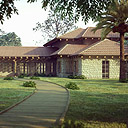
Meny Hilsenrad is the co-founder of Studio Aiko, a VFX and animation studio dedicated to quality CG production. The studio provides high-end visualization for several fields, including architecture, TV, commercial ads, product and medical simulations, etc. Studio Aiko offers its services to a wide variety of companies and also focuses on its independent goals – to produce original content and ideas. You can find more information at Studio Aiko.
Related Links:
Anima’s website
Anima videos – AXYZ-design’s YouTube channel
About AXYZ-design, makers of Anima
Notes:
– A trial version of Anima is available. It can be found at AXYZ-design’s website.
See more expert reviews and MU Features >>
Tags: Anima | Crowd Simulation | Character Animation

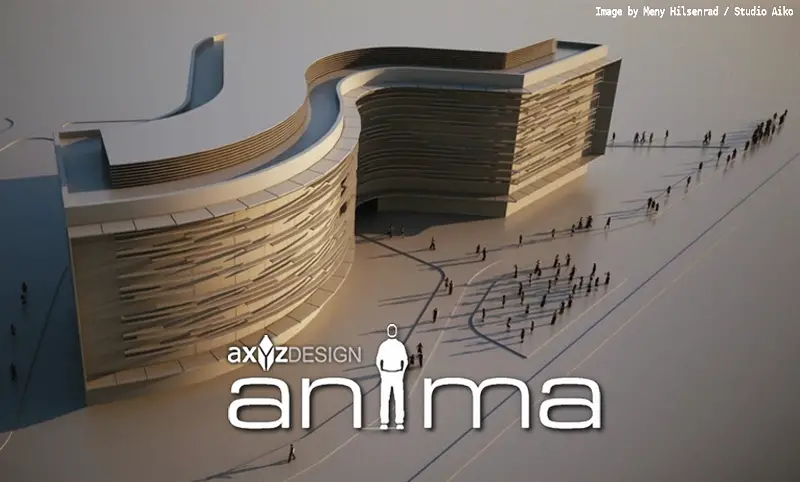
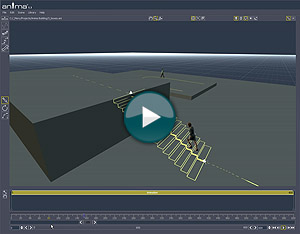
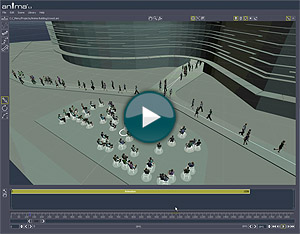

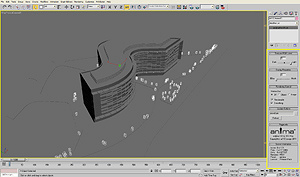





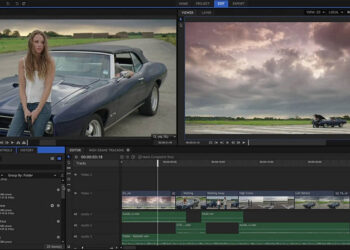



Great review, but why is there comparison or a mention of Geppetto (even still in beta).
Great software! I have been looking for this kind of tools for a long time!